#ASTROPHYSICS
Text
NEW IMAGE ALERT
A trio of dazzling stars blaze from the hollowed-out cavity of a reflection nebula in this new image from NASA's Hubble Space Telescope
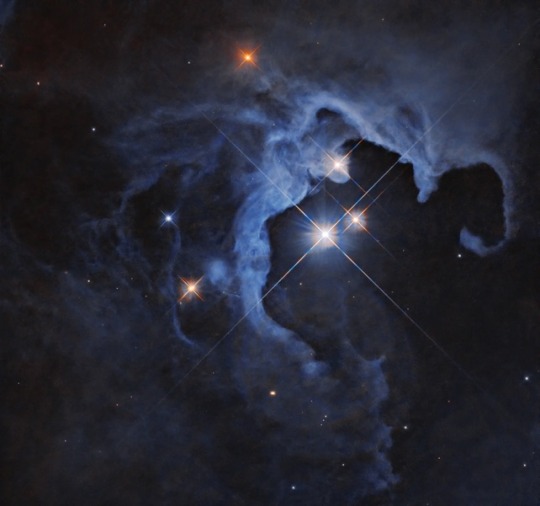
#hubble space telescope#hubble#nasaastronaut#nasa#nasawebb#nasa photos#nasa science#nasa picture of the day#astronomy#astronomers#universe#astrophotography#astrophysics#outer space#space exploration#space#science#cosmos#the universe#sky photography#deep sky#sky#planetary science#space science#science facts#i love astronomy#astronomy facts#planetary nebula#nebula#stars
81 notes
·
View notes
Text
Most stars in the Milky Way just hang around doing pretty normal star things, but one particular star just will not.
It's a binary system called FU Orionis, and it's been erupting violently since 1936, when it suddenly, without warning, flared to 1,000 times its usual brightness. This had never been seen before in a young star, and astronomers have been baffled by it for decades.
Now, 88 years later, they finally have answers. FU Orionis is actively feeding on a stream of material – and, using observations from the Atacama Large Millimeter/submillimeter Array, a team of astronomers led by Antonio Hales of the National Radio Astronomy Observatory has directly imaged that stream of material.
Continue Reading.
108 notes
·
View notes
Text
#ebony women#phat ass latina#astrophysics#tarot spread#Behati Prinsloo#phrases#strangecore#d20#islam#eddie munson x reader#thomas sanders#campfire
123 notes
·
View notes
Text

It's a star-forming region called IRAS 16562-3959.
Distance: 5900 light years.
Credit: ESA/Hubble & NASA, R. Fedriani, J. Tan.
#space#science#nature#astronomy#Universe#Cosmos#Astrophotography#NASA#astro community#outer space#astrophysics#cosmology#hubble space telescope#star forming
27 notes
·
View notes
Text
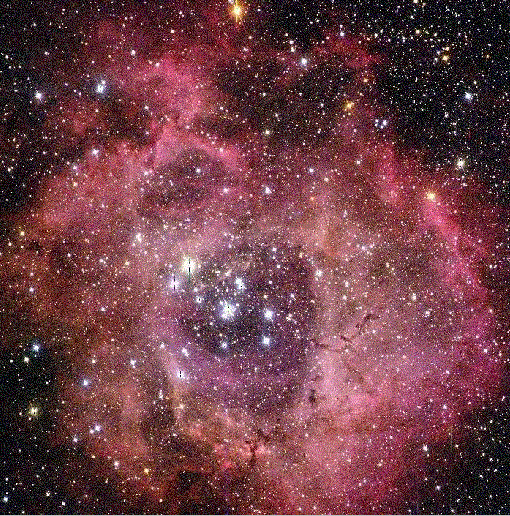
Star Cluster in the Rosette Nebula - May 22nd, 1996.
"Embedded in the center of the colourful and photogenic Rosette Nebula is a bright, young open cluster. The bright blue stars in this cluster, labelled NGC 2244, emit ultraviolet light that knocks electrons away from hydrogen atoms. When the electrons fall back, they emit the red light which distinctively defines the glow of all emission nebulae. The Rosette Nebula is thousands of light years distant, but light would take only about 100 years to cross it. The Rosette Nebula is not difficult to observe and, although faint, actually appears larger than the full Moon."
23 notes
·
View notes
Text
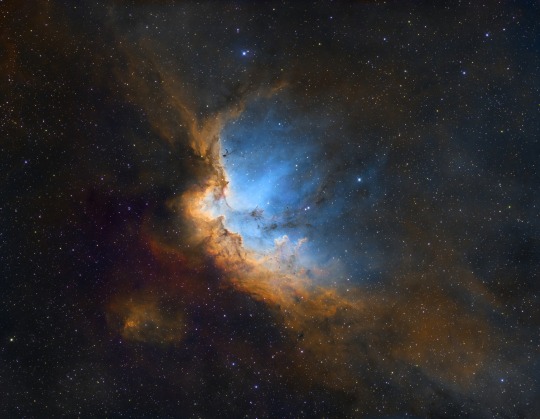
The Wizard Nebula, NGC 7380 // astrovienna
#enigmatic#stelle#stars#night#pensieri#thoughts#astronomy#astrophysics#Hubble#NGC 7380#star clusters#universe#cosmos
20 notes
·
View notes
Text

The spiral biographies
#artists on tumblr#photography#astrophotography#astrophysics#astronomy#astro community#astro observations#astro notes#astronomical observation#astronomical objects#astronomers#astronews#cosmic secrets#cosmos#cosmology#cosmic art#space#other worlds#universe#expanding universe#cosmic poetry#infinite universe#infinite
22 notes
·
View notes
Text
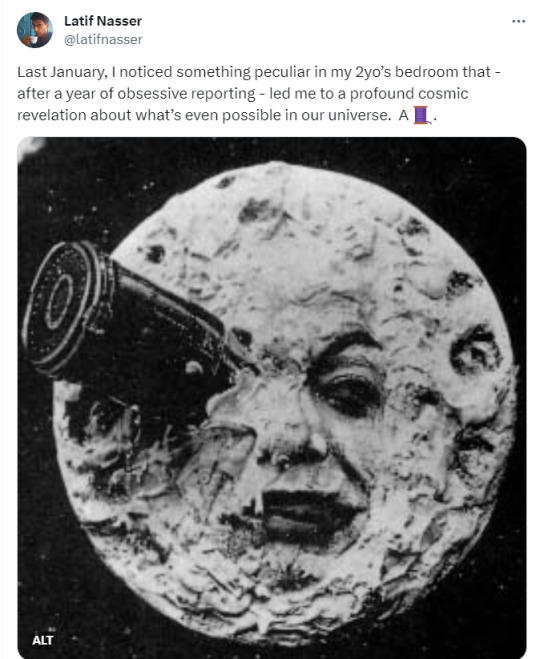

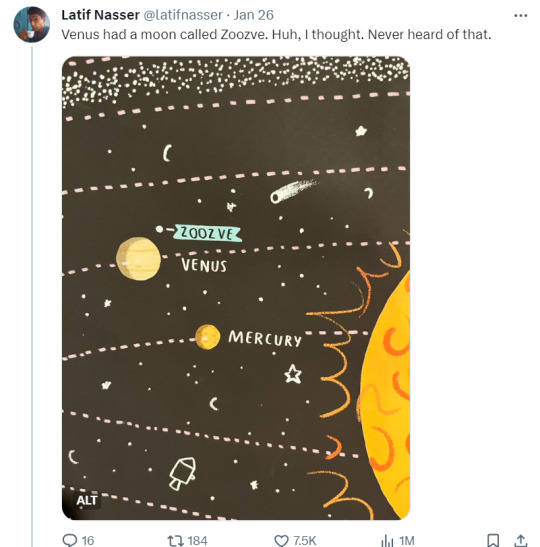
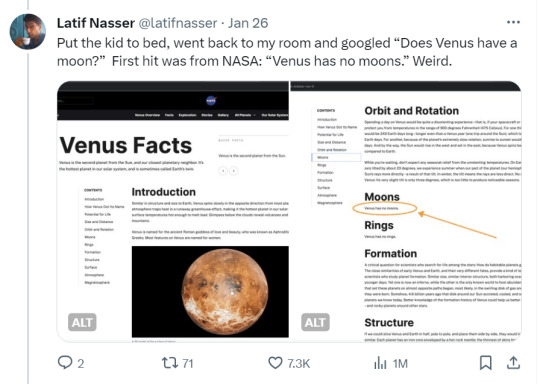
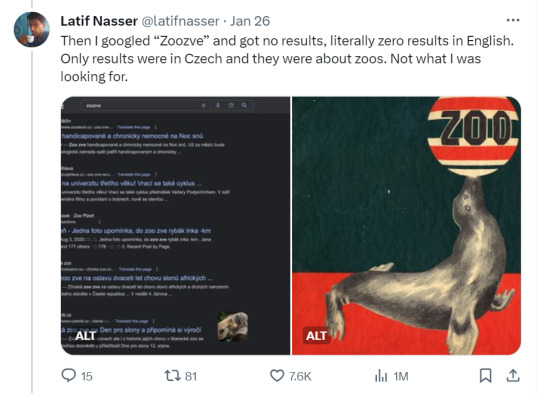
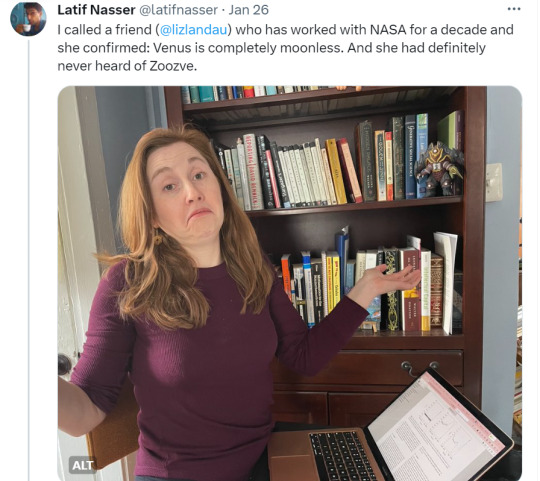



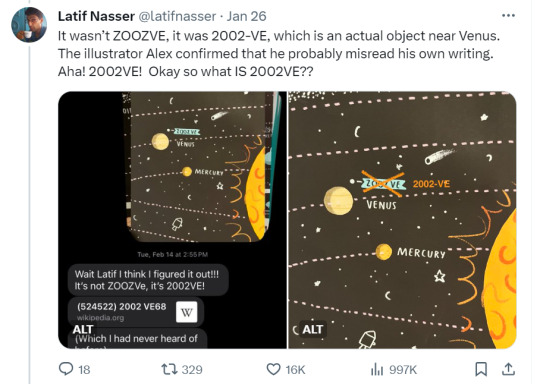


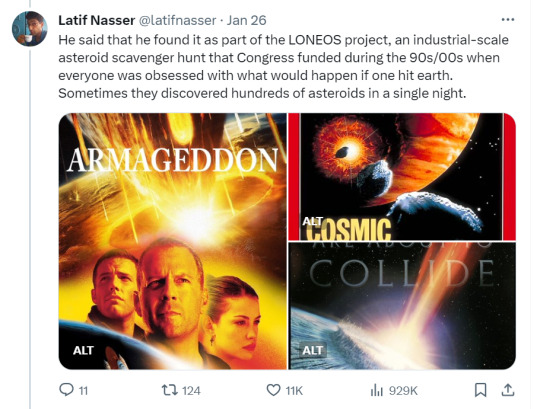

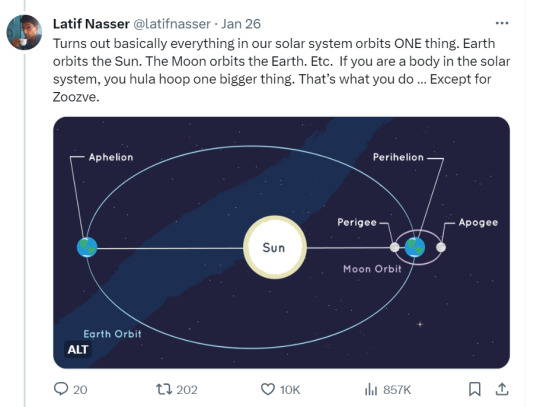
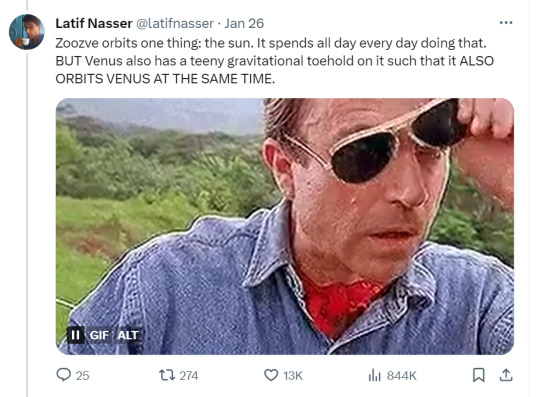
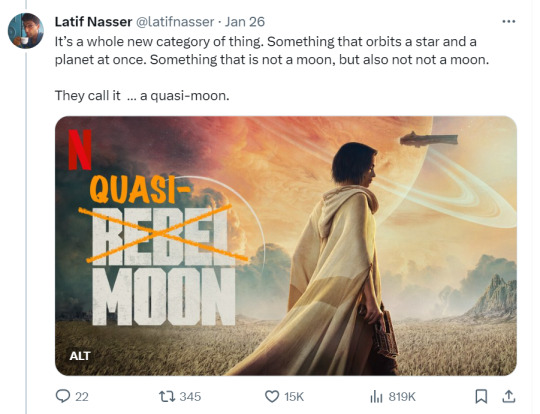



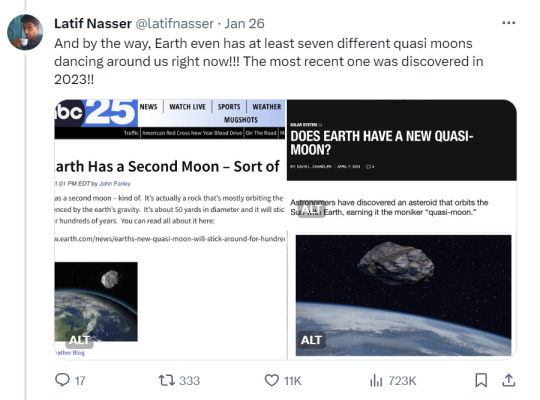

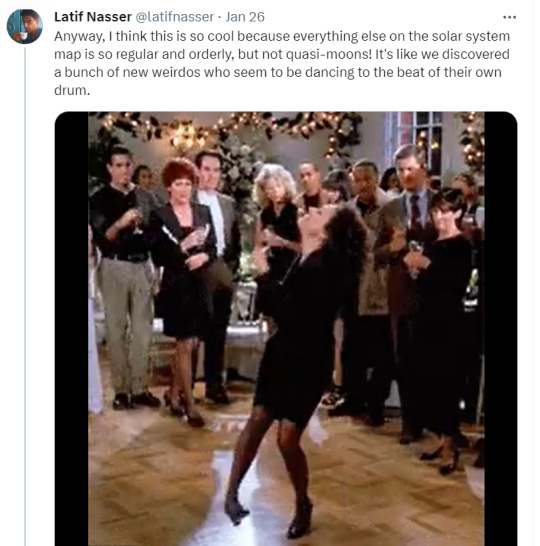
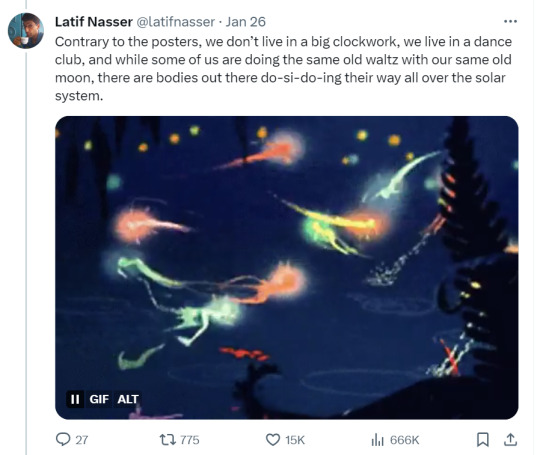
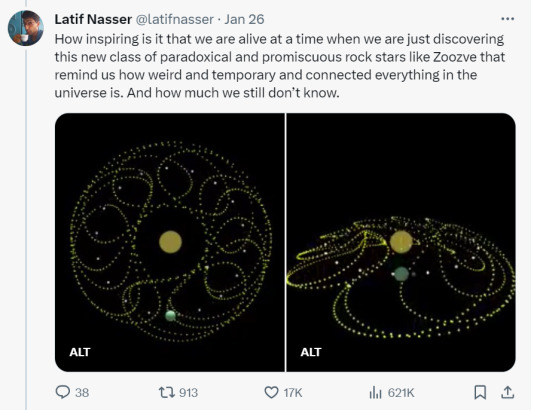
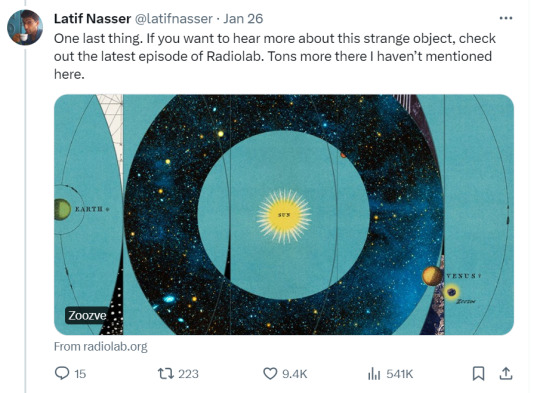
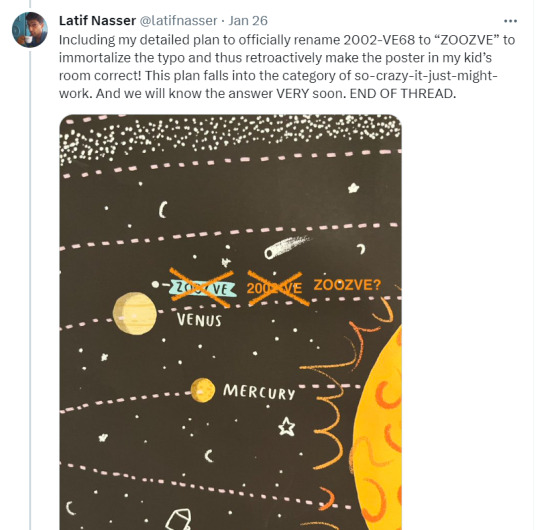
Zoozve, my beloved
#i cannot tell you how much this made me smile just bc it's so full of love#moon#venus#zoozve#long post#sorry about that it's very long but it's very entertaining i hope you enjoy this lil zoozve gem haha#astronomy#astrophysics#space
122K notes
·
View notes
Text
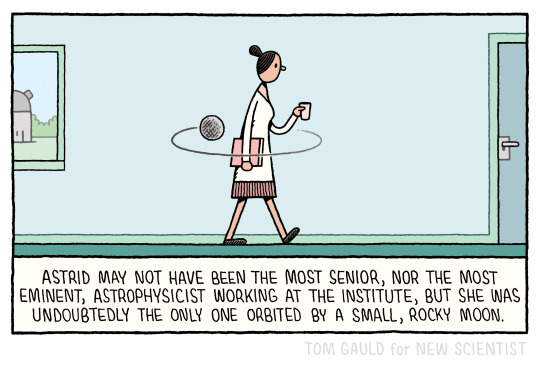
My latest cartoon for New Scientist.
10K notes
·
View notes
Text
Extraordinary footage of a comet colliding with a planet for the first time. In 1994, pieces of comet Shoemaker-Levy 9 crashed into Jupiter, creating massive dark scars and superheated plumes. Had it hit Earth, it could have caused a global disaster like the one that wiped out the dinosaurs.
#comets#comet#astronomy#nasa#astronomers#universe#astrophotography#nasa photos#astrophysics#outer space#nasawebb#hubble space telescope#i love astronomy#astronomy facts#space exploration#space#science#nasa science#science facts#planetary science#space science#planetary nebula#planet earth#the universe#cosmos#deep sky#sky photography#alien planet#planets#nasa picture of the day
25 notes
·
View notes
Text
UC Riverside astrophysicist Stephen Kane had to double-check his calculations. He wasn't sure the planet he was studying could be as extreme as it seemed.
Kane had never expected to learn that a planet in this faraway star system is covered with so many active volcanoes that seen from a distance, it would take on a fiery, glowing-red hue.
"It was one of those discovery moments that you think, 'wow, it's amazing this can actually exist," Kane said. A paper detailing the discovery has been published in The Astronomical Journal.
Launched in 2018, NASA's Transiting Exoplanet Survey Satellite, or TESS, searches for exoplanets—planets outside our solar system—that orbit the brightest stars in the sky, including those that could support life.
Continue Reading.
#Science#Space#Astronomy#Astrophysics#Physics#Planetary Science#Exoplanets#TESS#Transiting Exoplanet Survey Satellite
55 notes
·
View notes
Text
NASA is serious
Also NASA:
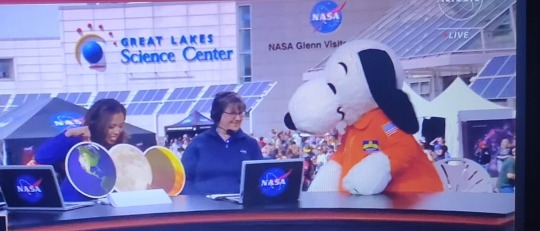
I love NASA
3K notes
·
View notes
Text
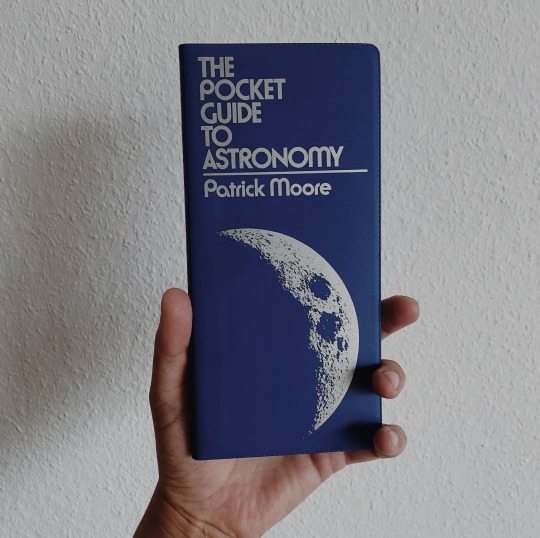
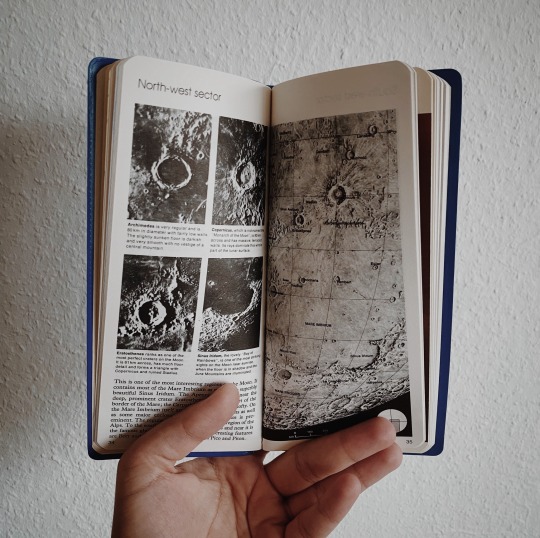
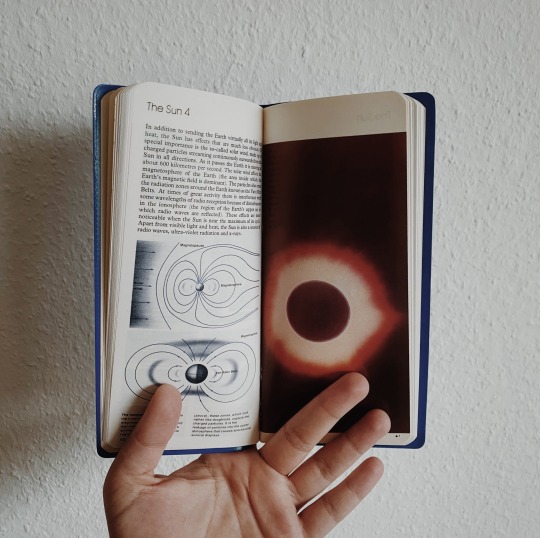


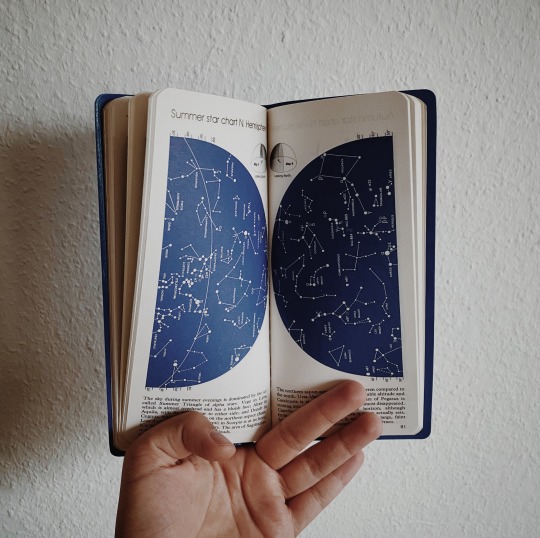
bought this gem secondhand and can’t get over how stunning it is 🪐 reblog is okay, don’t repost/use
#my photos#space science#study space#space#outer space#astronomy#science#stem#stemblr#astrophysics#books#book cover#bookworm#booklover#bookaddict#bookaholic#book aesthetic#bookblr#book blog#studyblr#academia#stem academia#stem aesthetic#light academia#light academia aesthetic
2K notes
·
View notes
Text
Black Hole Friday Deals!
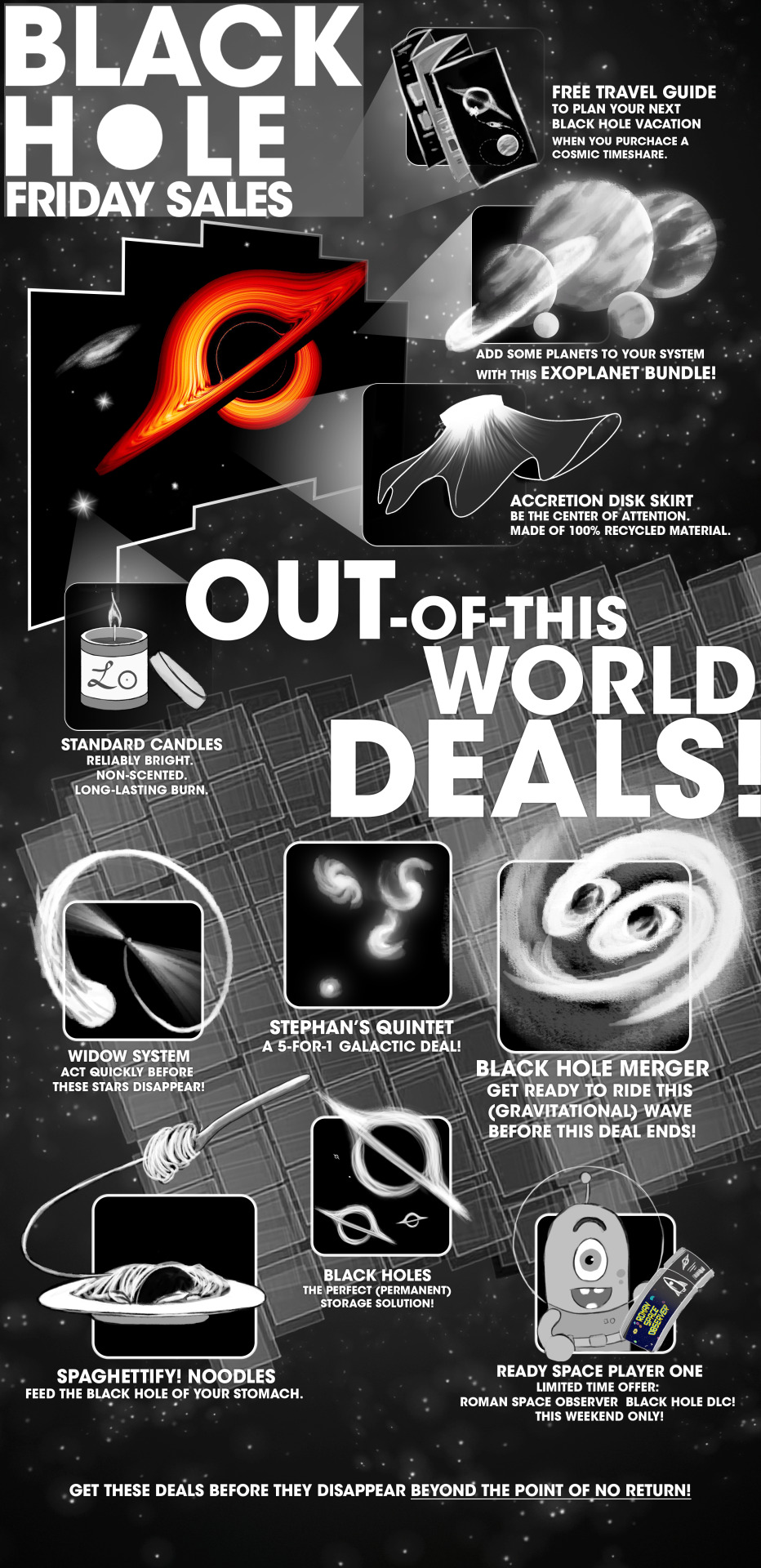
Get these deals before they are sucked into a black hole and gone forever! This “Black Hole Friday,” we have some cosmic savings that are sure to be out of this world.
Your classic black holes — the ultimate storage solution.
Galactic 5-for-1 special! Learn more about Stephan’s Quintet.
Limited-time offer game DLC! Try your hand at the Roman Space Observer Video Game, Black Hole edition, available this weekend only.
Standard candles: Exploding stars that are reliably bright. Multi-functional — can be used to measure distances in space!
Feed the black hole in your stomach. Spaghettification’s on the menu.
Act quickly before the stars in this widow system are gone!
Add some planets to your solar system! Grab our Exoplanet Bundle.
Get ready to ride this (gravitational) wave before this Black Hole Merger ends!
Be the center of attention in this stylish accretion disk skirt. Made of 100% recycled cosmic material.
Should you ever travel to a black hole? No. But if you do, here’s a free guide to make your trip as safe* as possible. *Note: black holes are never safe.
Make sure to follow us on Tumblr for your regular dose of space!
#NASA#astronomy#telescope#Roman Space Telescope#black holes#galaxies#cosmology#astrophysics#stars#galaxy#Hubble#Webb#space#exoplanets#science#physics#comic#comics#comic art
3K notes
·
View notes
Text
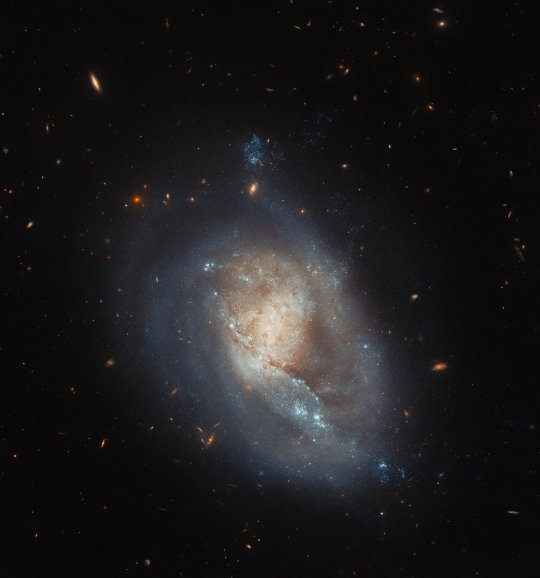
IC 3476.
Distance: 54 million light years.
Credit: ESA/Hubble & NASA, M. Sun.
#space#science#nature#astronomy#Universe#Cosmos#Astrophotography#NASA#astro community#outer space#astrophysics#cosmology#galaxy#hubble space telescope
25 notes
·
View notes
Text
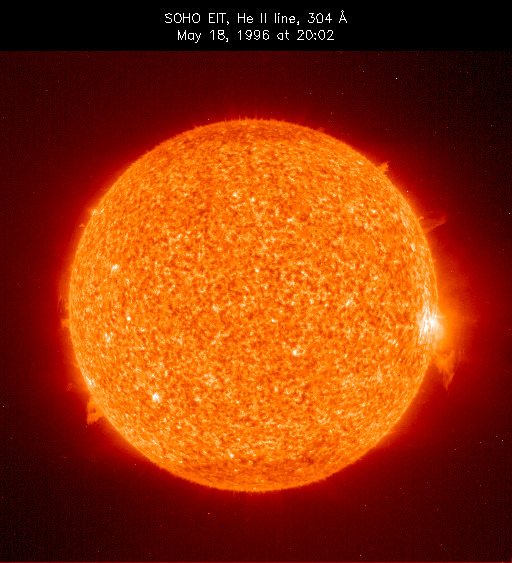
Helios Helium - May 20th, 1996.
"Above is an image of the relatively quiet Sun made on May 18th, 1996, in light emitted by ionised helium atoms in the Solar chromosphere. Helium was first discovered in the Sun in 1868, its name fittingly derived from the Greek word Helios, meaning Sun. Credit for the discovery goes to astronomer Joseph Lockyer. Lockyer relied on a developed technique of spectroscopy, dissecting sunlight into a spectrum, and the idea that each element produces a characteristic spectral pattern of bright lines. He noticed a yellow line in a solar spectrum made during an eclipse which could not be accounted for by elements known on Earth. Almost 27 years later, helium was finally discovered on Earth when the spectrum of a helium bearing mineral of uranium provided an exact match to the previously detected element of the Sun. Helium is now known to be the second most abundant element (after hydrogen) in the Universe."
24 notes
·
View notes